The humble insect, often squashed underfoot without a second thought, might be harboring cognitive abilities far more sophisticated than we’ve given them credit for. While their brains are tiny compared to ours—some containing fewer than a million neurons versus our 86 billion—insects display remarkably complex behaviors that challenge our understanding of intelligence. From bees that communicate through elaborate dances to ants that form superorganisms capable of agriculture, the six-legged creatures that dominate our planet offer fascinating insights into alternative forms of cognition. This exploration into insect thinking not only illuminates the remarkable abilities of these small creatures but also forces us to reconsider what “intelligence” truly means in the grand spectrum of consciousness.
The Architecture of Insect Brains
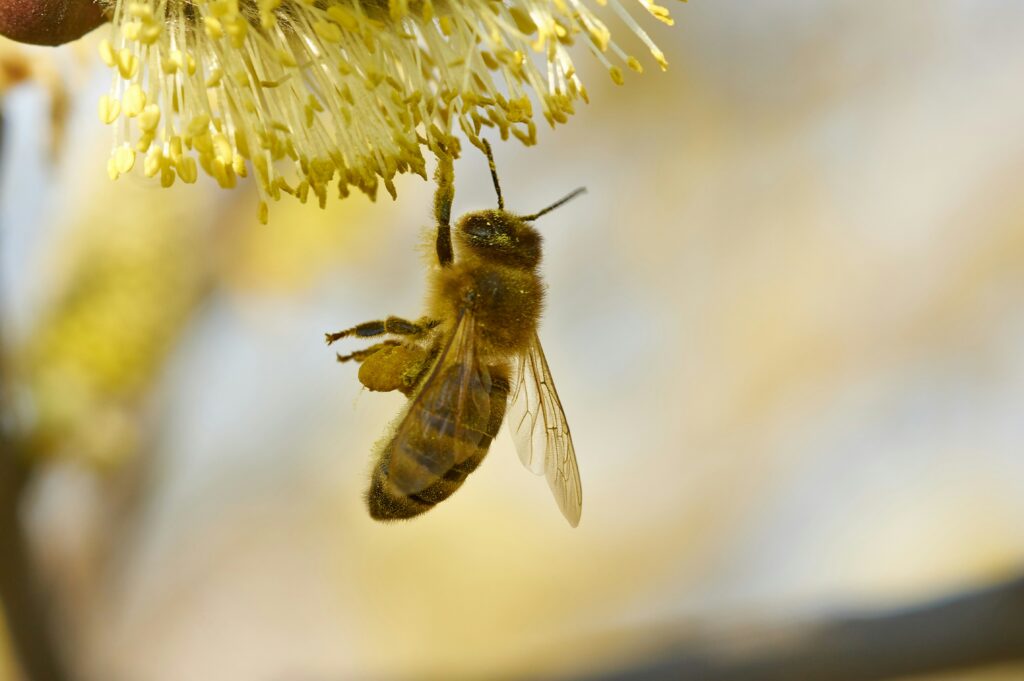
Unlike the human brain with its characteristic wrinkled cerebral cortex, insect brains consist of several specialized clusters of neurons organized into distinct processing centers. The most prominent structures include the mushroom bodies, which handle learning and memory, and the central complex, which coordinates movement and spatial navigation. Despite their diminutive size—most insect brains could fit on the head of a pin—they achieve remarkable efficiency through dense neuronal packing and specialized circuitry. A honeybee brain, containing approximately 960,000 neurons, manages complex social behaviors, intricate navigation systems, and impressive learning capabilities. The structure represents a fundamentally different evolutionary approach to information processing, one that prioritizes energy efficiency and specialized function over general-purpose computation.
The Cognitive Capabilities of Bees
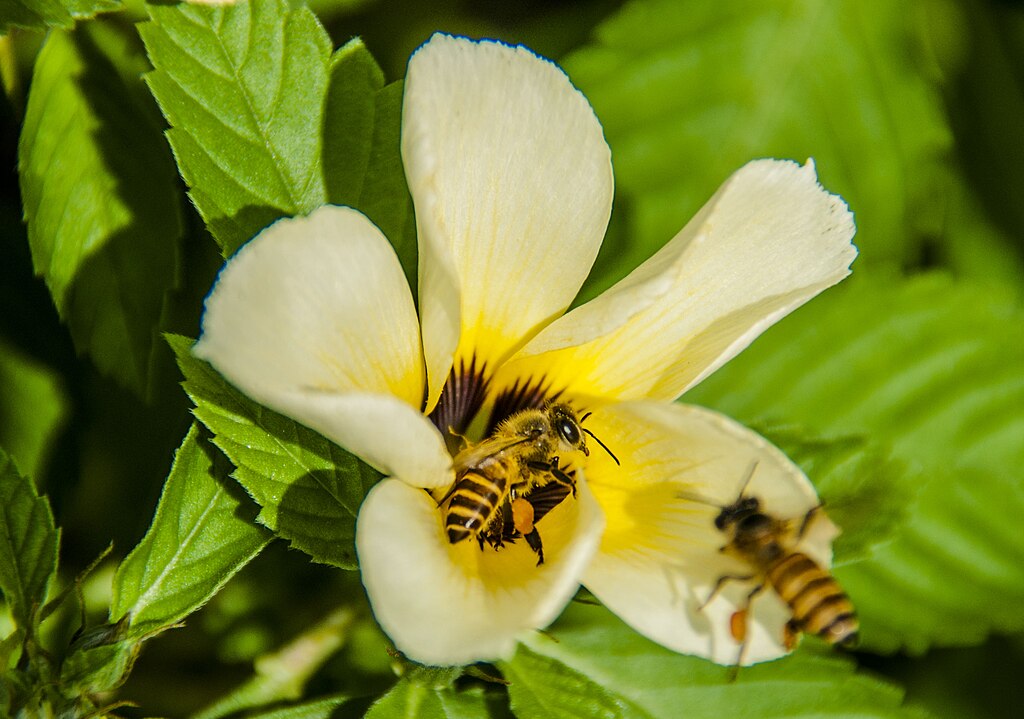
Bees stand as the intellectual giants of the insect world, demonstrating cognitive abilities that were once thought impossible for creatures with such small brains. They can recognize human faces, understand abstract concepts like “sameness” and “difference,” and even grasp rudimentary mathematical concepts like zero. In landmark studies, researchers have trained bees to distinguish between odd and even numbers, suggesting an understanding of numerical concepts. Perhaps most impressively, bees can navigate complex landscapes, remembering the location of hundreds of flowers and calculating optimal foraging routes that rival solutions generated by sophisticated computer algorithms. Their waggle dance communication system, which conveys precise information about distance, direction, and quality of food sources, represents one of the most sophisticated symbolic languages outside of human communication.
Problem-Solving in Ants

Ant colonies showcase how relatively simple individual brains can generate collective intelligence that accomplishes remarkable feats of problem-solving. When army ants need to cross gaps in their path, they construct living bridges using their own bodies, calculating the optimal number of individuals needed to balance efficiency and structural stability. Leaf-cutter ants maintain sophisticated underground fungus farms, regulating temperature and humidity with precision that would impress human agriculturalists. Some species even deploy complex strategies during territorial wars, including sending scouts to assess enemy strength before committing to battle. These collective behaviors emerge not from centralized control but from distributed decision-making processes where individual ants follow simple rules that, when multiplied across thousands of members, produce solutions to complex environmental challenges.
Memory and Learning in Insects
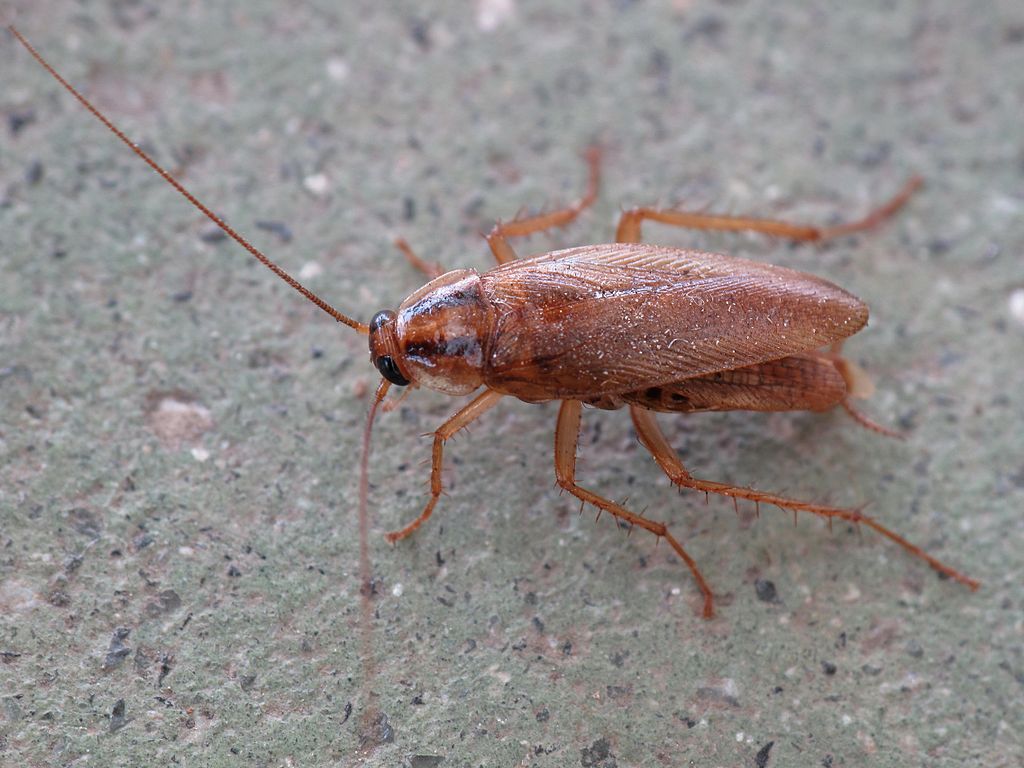
Contrary to the notion that insects are simple stimulus-response machines, research reveals sophisticated learning and memory capabilities across multiple species. Fruit flies can remember negative experiences for days, adjusting their behavior accordingly to avoid similar situations. Cockroaches demonstrate classical conditioning, forming associations between neutral stimuli and rewards or punishments, much like Pavlov’s famous dogs. Dragonflies develop internal models of prey movement patterns, allowing them to intercept flying insects with precision that suggests predictive computation. Even more remarkably, insects can generalize their learning—a wasp that learns to associate a particular scent with food can transfer that knowledge to similar but novel scents, demonstrating a form of conceptual thinking previously thought to require larger brains.
Emotions and Subjective Experience
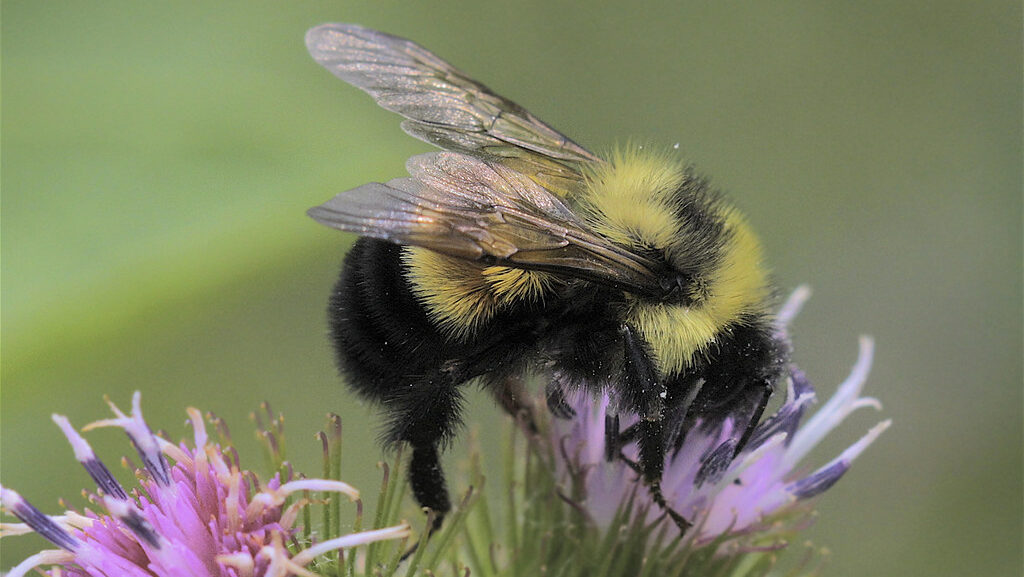
The question of whether insects experience emotions represents one of the most challenging frontiers in understanding their cognition. Recent research suggests that insects may indeed have primitive emotional states that guide their behavior and decision-making. Bumblebees show “optimistic” cognitive biases after receiving unexpected rewards, interpreting ambiguous stimuli more positively. Fruit flies exhibit stress responses that share neurochemical similarities with mammalian anxiety, including elevated levels of stress hormones. When injured, some insects self-administer analgesic substances, suggesting they experience something akin to pain. While these responses differ dramatically from human emotions in their complexity and subjective quality, they may represent evolutionary precursors to the richer emotional lives of vertebrates, serving similar adaptive functions in guiding behavior toward beneficial outcomes.
Social Intelligence in Insect Colonies

The complex social structures of eusocial insects like ants, bees, and termites demonstrate a form of distributed intelligence that operates on multiple levels simultaneously. Individual insects recognize nestmates through chemical signatures, maintaining colony cohesion while detecting potential threats. Within colonies, sophisticated division of labor emerges, with individuals switching roles based on age, colony needs, and environmental conditions—a flexibility that optimizes resource utilization. Communication networks transmit information about food sources, threats, and nest conditions throughout the colony with remarkable efficiency. Perhaps most impressively, these colonies demonstrate collective decision-making abilities, such as when honeybee swarms evaluate multiple potential nest sites and reach consensus through decentralized processes that resemble democratic voting systems, achieving solutions that often approach mathematical optima.
Navigation and Spatial Cognition
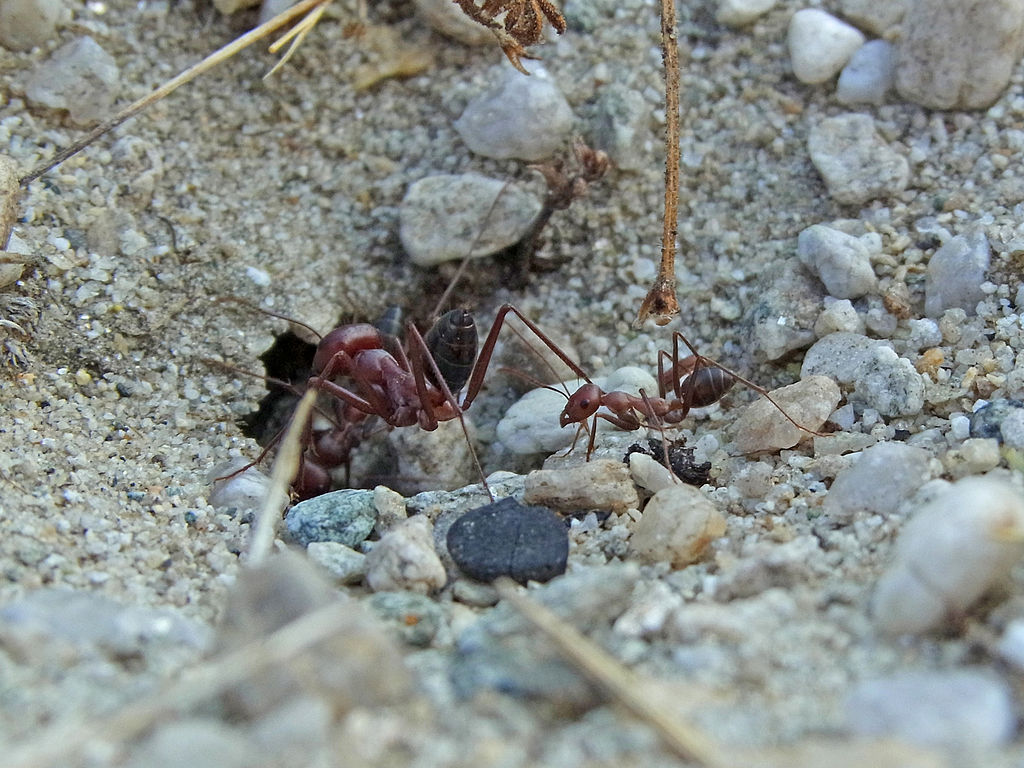
Insects demonstrate navigation abilities that would be impressive even for animals with brains thousands of times larger. Desert ants of the genus Cataglyphis can travel more than a kilometer from their nest through featureless terrain and return in a direct straight line, using a form of vector-based navigation that integrates direction and distance. Monarch butterflies complete multi-generational migrations spanning thousands of miles, using a combination of celestial cues and internal magnetic compasses to maintain their course. Bumblebees create mental maps of their environment, remembering the location of flowers and optimizing travel routes between them to minimize energy expenditure. These capabilities involve sophisticated neural processing of sensory information, spatial memory, and computational abilities that challenge our understanding of what’s possible with small neural systems.
Consciousness and Awareness in Insects
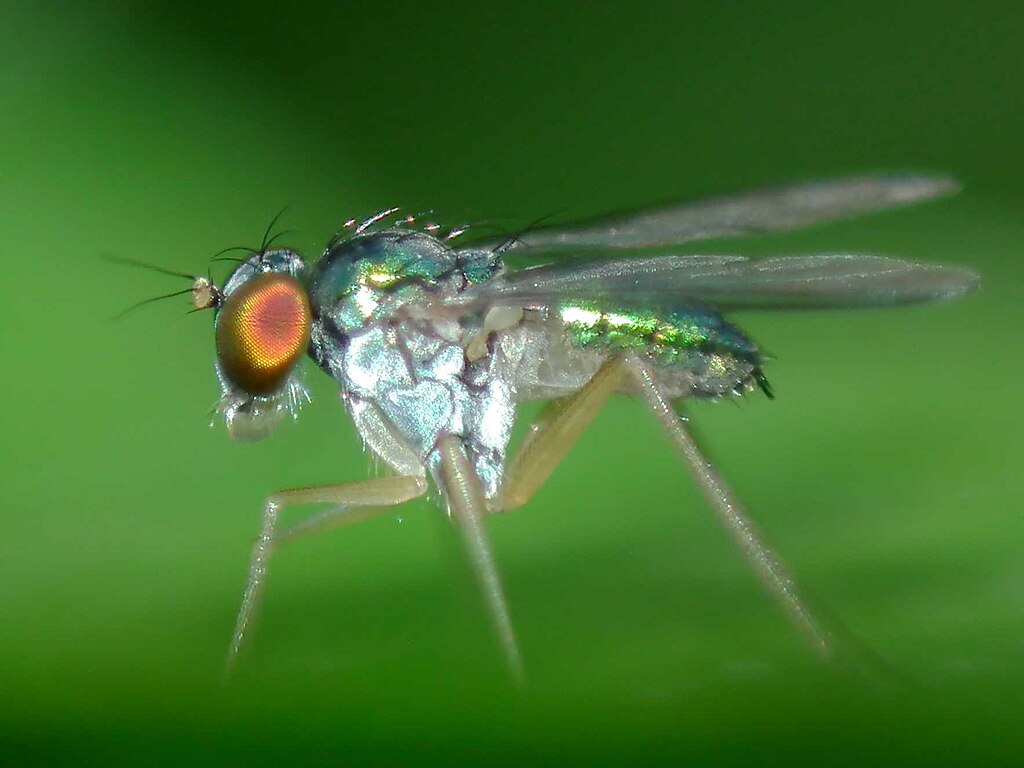
The question of whether insects possess consciousness represents perhaps the most profound mystery in understanding their cognitive lives. Some researchers argue that insects show behavioral signs of subjective experience, including attention-like processes that selectively filter sensory information. Experiments demonstrate that flies and bees can maintain persistent internal states that influence how they respond to stimuli, suggesting something beyond simple reflexes. When fruit flies are presented with visual illusions that trick human perception, they sometimes respond as if experiencing the same illusion, hinting at perceptual processing that goes beyond direct sensory input. While insects almost certainly lack the reflective self-awareness that characterizes human consciousness, they may possess a form of primary consciousness—a basic subjective experience of the world that guides their interaction with the environment in adaptive ways.
Miniaturized Neural Processing

The computational efficiency of insect brains offers valuable lessons for both neuroscience and artificial intelligence. Despite severe constraints on size and energy consumption, insect nervous systems achieve sophisticated functions through architectural innovations. Many insects use sparse coding, where information is represented by the activity of relatively few neurons, maximizing efficiency. Their sensory systems often incorporate preprocessing at the periphery, reducing the computational burden on the central brain. Rather than general-purpose neural networks, insects employ specialized circuits dedicated to specific behaviors, allowing complex responses with minimal neural hardware. These principles have inspired advances in robotics and AI, including efficient navigation algorithms based on insect visual systems and drone designs that mimic the flight control mechanisms of flies, demonstrating how understanding these miniaturized marvels can lead to technological innovations.
Individual Variation and Personality
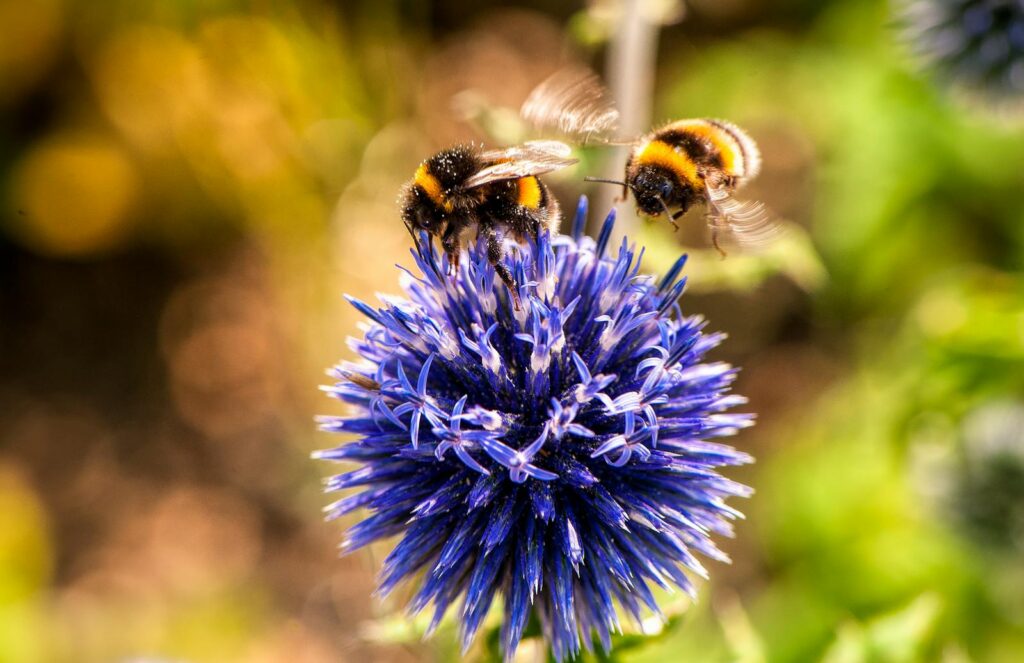
Contrary to the stereotype of insects as identical automatons, research reveals surprising individual differences in behavior that resemble personalities in larger animals. Studies of fruit flies show consistent individual variations in aggression, exploration, and risk-taking that persist throughout their lives. Bumblebees display stable individual differences in foraging strategies, with some consistently more adventurous in seeking new flower patches while others remain conservative. Even within genetically identical groups, individual honeybees show distinct behavioral tendencies, with some more likely to respond to alarm pheromones or engage in nursing behaviors than others. These individual differences appear to benefit colonies by creating a diversity of behavioral responses that can adapt to changing environmental conditions, suggesting that behavioral variation may be an adaptive feature rather than simply random noise in the system.
Redefining Intelligence Through Insect Cognition

The study of insect cognition challenges us to broaden our conception of intelligence beyond anthropocentric models focused on verbal reasoning and abstract thought. Intelligence might better be understood as the capacity to solve ecologically relevant problems, regardless of the neural machinery involved. Insects demonstrate remarkable adaptations to their specific environmental challenges, often developing specialized cognitive tools that outperform humans in particular domains. The decentralized intelligence of ant colonies offers an alternative model to the centralized processing of vertebrate brains, achieving complex adaptive behaviors through distributed systems. By expanding our understanding of intelligence to include these diverse cognitive architectures, we gain not only a deeper appreciation for the mental lives of insects but also new perspectives on the very nature of thought itself.
Implications for Artificial Intelligence

The study of insect cognition has profound implications for artificial intelligence research, offering alternative models to the resource-intensive deep learning approaches currently dominating the field. Insect navigation systems, which achieve remarkable accuracy with minimal computational resources, have inspired efficient robot navigation algorithms that require fraction of the processing power of conventional systems. The decentralized decision-making of ant colonies has influenced swarm robotics, where simple individual units collaborate to solve complex problems without centralized control. Even the physical structure of insect brains, with their specialized processing modules connected by precise wiring, has informed neuromorphic computing architectures that aim to replicate biological efficiency. As AI researchers confront limitations in power consumption and computational efficiency, insects demonstrate how sophisticated cognitive functions can emerge from surprisingly minimal neural hardware, potentially pointing the way toward more sustainable approaches to artificial intelligence.
Conclusion
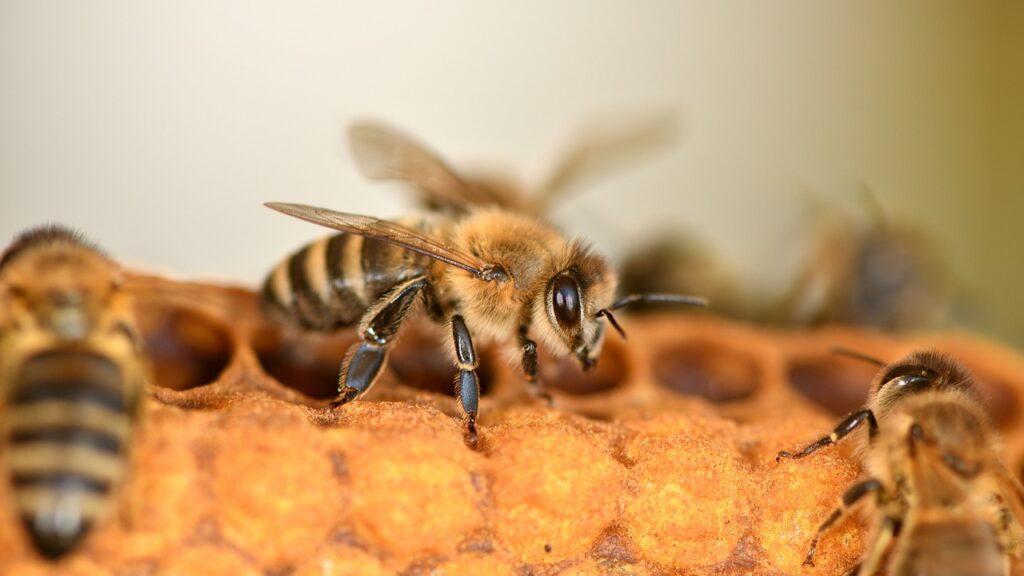
As we peer into the alien minds of insects, we discover cognitive worlds both fascinatingly different from and surprisingly similar to our own. Their tiny brains, evolved over hundreds of millions of years, represent alternative solutions to the fundamental problems of perception, decision-making, and adaptation that all organisms face. By expanding our conception of intelligence to encompass these six-legged thinkers, we gain not only a deeper appreciation for the diversity of minds on our planet but also new perspectives on what thinking itself might entail. Perhaps the most profound lesson from insect cognition is one of humility—a recognition that intelligence takes many forms, and that consciousness may be far more widespread in nature than our mammalian-centered view has traditionally acknowledged. In the end, the question “Do insects think?” may matter less than what their unique forms of cognition can teach us about the magnificent diversity of minds that evolution has produced.

